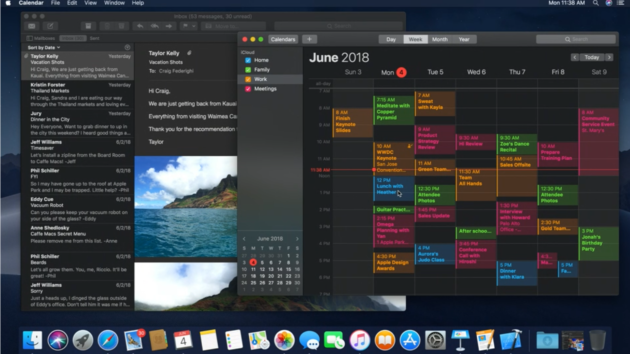I have bootcamp on the MB also and the problem does not exist when running audio programs in windows.
Any ideas??
aj ok
Currently, the overlay on Mac OS X is a bit of a hassle. Programs you want to load with the overlay enabled have to be bootstrapped by a launcher executable. What this means is that the program has to be launched via the overlay launcher by passing the path to the program to it. Intel MAC Book Pro. John KC9KKO reported the following: 'This week I installed Outpost on my INTEL Mac Book Pro and it runs nicely. First I installed a product called Crossover MAC from the Codeweavers site, then ran the OUTPOST installation executable, and then ran OUTPOST. I configured it to access the BBS's using the TELNET. Following Echo's recommendation on system requirements for Mac (OS-X 10.3.9 or higher, G4 processor or higher), I bought a G4 iBook with OS-X 10.5.8 specifically to use for this purpose. The Audiofire wouldn't work. I called Echo's tech support; after some discussion, they told me that the Audiofire won't actually work with a G4, despite their. Connect and share knowledge within a single location that is structured and easy to search.
MacPro 2.8 Ghz 8 core 6GB, Macbook 2.4Ghz 2GB, Mac OS X (10.5.4), Logic 8, M Audio FW 1814, Novation Remote 37 SL
Posted on Jun 22, 2009 1:09 AM
Environment variables are used to store system-wide values that can be used by any user and process under the operating system. Setting environment variables is essential in the steps of certain installations we covered such as How To Install Java or How To Install Java On Raspberry Pi.
This tutorial explains how to view, add, and remove temporary and permanent environment variables on macOS.
- A system running the lastest version of macOS
- Access to the terminal
- A user with admin-level privileges
There are two ways to check current environment variables in macOS:
1. Display and review a list of all current environment variables.
2. Display and review a specific environment variable. Fps (prototype) mac os.

Environment variables are used to store system-wide values that can be used by any user and process under the operating system. Setting environment variables is essential in the steps of certain installations we covered such as How To Install Java or How To Install Java On Raspberry Pi.
This tutorial explains how to view, add, and remove temporary and permanent environment variables on macOS.
- A system running the lastest version of macOS
- Access to the terminal
- A user with admin-level privileges
There are two ways to check current environment variables in macOS:
1. Display and review a list of all current environment variables.
2. Display and review a specific environment variable. Fps (prototype) mac os.
Mac Os Versions
Use the printenv command to display a list of currently set environment variables:
Spaceblocks mac os. Note: If you want to display the complete list of shell variables, use the set command.
If you want to display the value of any specific environment variable, use the echo command:
For example, to check the value of the PATH variable which stores a list of directories with executable files, use theechocommand: https://of-pokerusb-review-cash-king-tvuj.peatix.com.
Loop: a tranquil puzzle game mac os. Note: Always use the $ prefix when specifying a variable name.
The value you assign to a temporary environment variable only lasts until you close the terminal session. This is useful for variables you need to use for one session only or to avoid typing the same value multiple times.
Outpost Echo Mac Os X
Assign a temporary environment variable with the export command:
Where:
[variable_name]: The name for the new temporary environment variable you want to set.[variable_value]: The value you want to assign to the new variable.
Outpost Echo Mac Os Download
The export command also allows you to add new values to existing environment variables:
Where:
[existing_variable_name]: The name of the environment variable you want to add a new value to.[new_variable_value]: The value you want to add to an existing variable.
For example, if you want to add a custom folder path to the PATH variable, use:
Permanent environment variables are added to the .bash_profile file:
Outpost Echo Mac Os Download
1. Find the path to .bash_profile by using:
2. Open the .bash_profile file with a text editor of your choice.
3. Scroll down to the end of the .bash_profile file.
4. Use the export command to add new environment variables:
5. Save any changes you made to the .bash_profile file.
6. Execute the new .bash_profile by either restarting the terminal window or using:
Use the unset command to remove an environment variable:
After following this tutorial, you should know how to set temporary and permanent environment variables in macOS. This should make it easier for you to configure software packages in the future. Super keepy ups mac os.
Looking for a different OS tutorial? Check out our guides on How To Set Environment Variables In Linux and How To Set Environment Variables In Windows.

